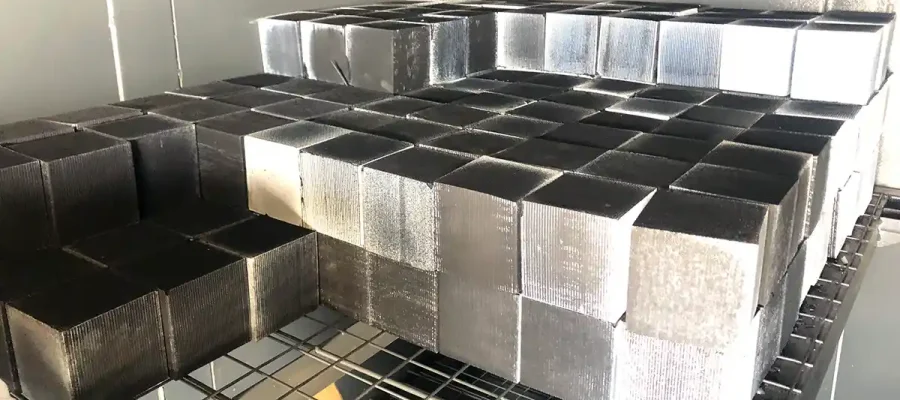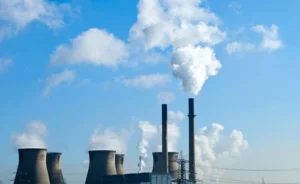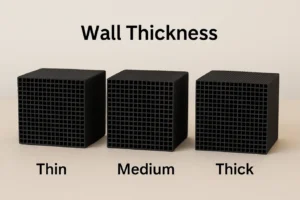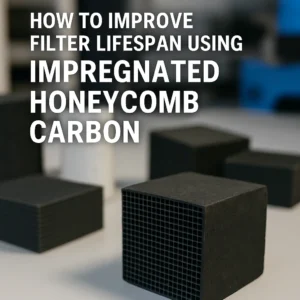Table of Contents
- Introduction
- Common Types of Activated Carbon for Industrial Gas Treatment
- Honeycomb Activated Carbon
- Pellet(Columnar) Activated Carbon
- Simple Comparison between Honeycomb Activated Carbon and Pellet(Columnar) Activated Carbon
- Estimating Activated Carbon Replacement Cycles for Optimal Performance
- Common Issues During Activated Carbon Replacement
- Conclusion
Introduction
Activated carbon is a cornerstone of industrial air pollution control, effectively adsorbing volatile organic compounds (VOCs) from exhaust streams. Choosing the appropriate type of activated carbon and adhering to a timely replacement schedule are crucial for maximizing the performance and efficiency of industrial gas purification systems. This guide explores the common types of activated carbon used in industrial gas treatment and provides essential tips for effective carbon replacement.
Common Types of Activated Carbon for Industrial Gas Treatment
1. Honeycomb Activated Carbon
Normal Sizes: 100mm × 100mm × 100mm, 100mm × 100mm × 50mm
Advantages:
- Structured pore system ensures high gas-surface contact.
- Low pressure drop and excellent resistance to clogging.
- Regular shape facilitates easy packing and stacking within treatment units.
- Cost-effective for lower iodine value applications.
Disadvantages:
- Higher CTC adsorption (70–100%) are in short supply.
- Lower mechanical strength, making it susceptible to damage during transport and handling.
- More challenging to replace in bulk systems.
- Even “water-resistant” kinds are vulnerable to high humidity or direct water exposure.
2. Columnar (Pellet) Activated Carbon
Normal Size: 4 mm diameter pellets
Advantages:
- Offers a high cost-performance ratio and versatility across various industries.
- Relatively easier to replace when used in well-designed carbon beds.
- Can be reused after thermal or chemical regeneration processes.
Disadvantages:
- Requires specific carbon bed design to maintain optimal efficiency.
- Can result in slower airflow velocity.
- Need a larger equipment footprint due to higher pressure loss.
3. Simple Comparison between Honeycomb Activated Carbon and Pellet(Columnar) Activated Carbon
| Honeycomb Activated Carbon | Pellet Activated Carbon/ Columnar Activated Carbon | |
| Normal Sizes | 100x100x100mm, 100x100x50mm | 4mm |
| Advantages | · Structured pore system ensures high gas-surface contact. · Low pressure drop and excellent resistance to clogging. · Regular shape facilitates easy packing and stacking within treatment units. · Cost-effective for lower iodine value and low CTC applications. | · Offers a high cost-performance ratio and versatility across various industries. · Relatively easier to replace when used in well-designed carbon beds. · Can be reused after thermal or chemical regeneration processes. |
| Disadvantages | · Higher CTC grades (70–100%) are in short supply. · Lower mechanical strength, making it susceptible to damage during transport and handling. · More challenging to replace in bulk systems. · Even “water-resistant” kinds are vulnerable to high humidity or direct water exposure. | · Requires specific carbon bed design to maintain optimal efficiency. · Can result in slower airflow velocity. · Need a larger equipment footprint due to higher pressure loss. |

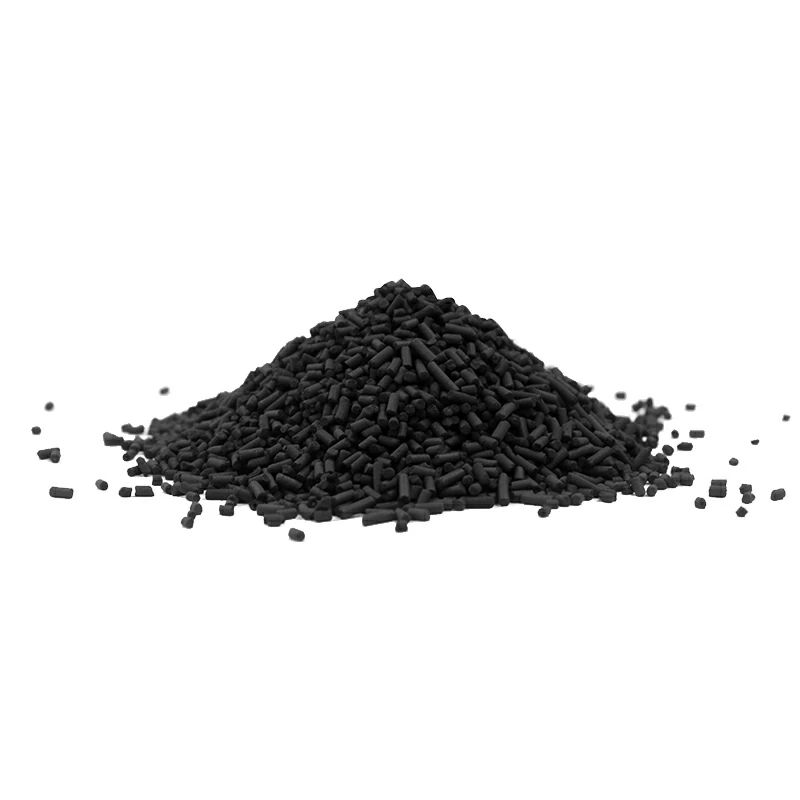
Estimating Activated Carbon Replacement Cycles for Optimal Performance
Timely replacement of activated carbon is essential for maintaining effective operation and ensuring compliance with emission standards. Follow this step-by-step method:
- Measure Installed Carbon Mass (M1)
- Determine the total weight of activated carbon currently in the filter bed.
- Estimate Total Adsorption Capacity (M2)
- A common estimation is: M2 = M1 × 0.10 (assuming the carbon can adsorb approximately 10% of its weight in VOCs).
- Determine Annual VOC Emission Load (M3)
- Calculate the total amount of VOCs emitted annually based on production processes and historical monitoring data.
- Calculate Replacement Frequency:
- Apply the formula: M3 ÷ M2.
- This result indicates the estimated number of times the carbon should be replaced per year.
If you don’t know the replacement cycle and carbon usage quantity, our team is available for providing professional consult service, just quote us with your detailed working conditions.
Common Issues During Activated Carbon Replacement
Even with careful estimation, certain issues can negatively impact system performance:
1. Incomplete Filling or Air Leaks
- Gaps in the carbon bed or leaks in the system can allow untreated exhaust gas to bypass the activated carbon layer.
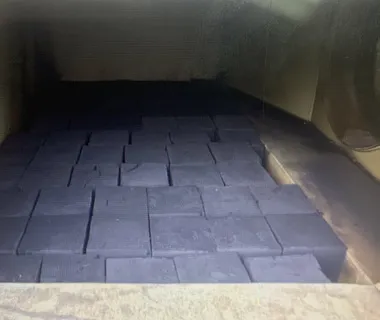
2. Delayed Replacement or Ignoring Warning Signs
- Symptoms of exhausted carbon include:
- Whitened or discolored carbon
- Unusual or fluctuating readings on pressure gauges
- Presence of moisture or dripping from the carbon bed
- Abnormal VOC readings at the gas inlet and outlet points
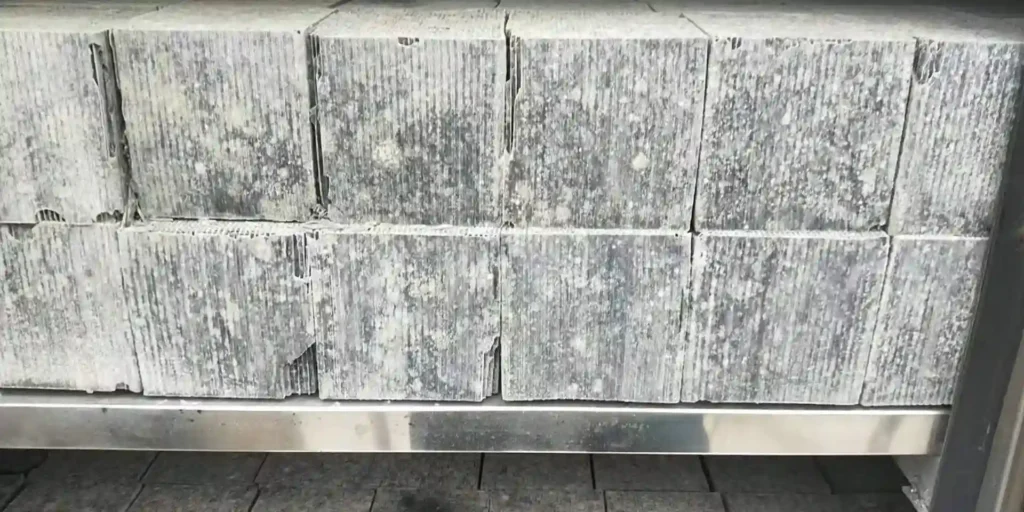
Ignoring these signs can lead to reduced adsorption efficiency, system overloading, and potential regulatory violations.
Conclusion
Selecting the appropriate type of activated carbon and adhering to a well-planned maintenance schedule are fundamental for achieving effective industrial VOC removal. Honeycomb activated carbon excels in structural efficiency and low-pressure drop, while columnar carbon offers easier regeneration and broad applicability. Regardless of the chosen type, understanding when and how to replace the activated carbon is paramount for sustaining optimal system performance. By implementing regular performance monitoring and following proper replacement cycles, industries can extend equipment lifespan, minimize operational costs, and consistently meet stringent environmental standards.
Article Keywords: industrial gas treatment activated carbon, honeycomb activated carbon VOC removal, columnar activated carbon adsorption, activated carbon replacement schedule, VOC emission control, activated carbon exhaust systems, air purification carbon types, adsorbent performance monitoring, replacing activated carbon filters, activated carbon regeneration.
